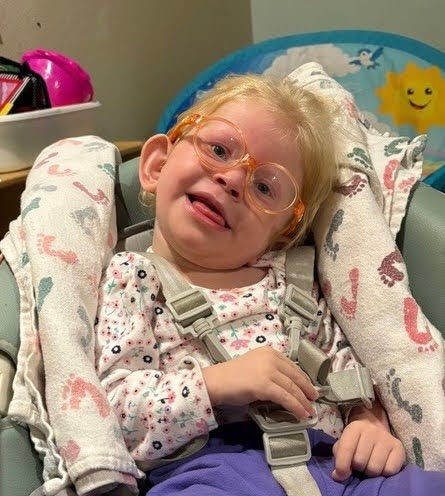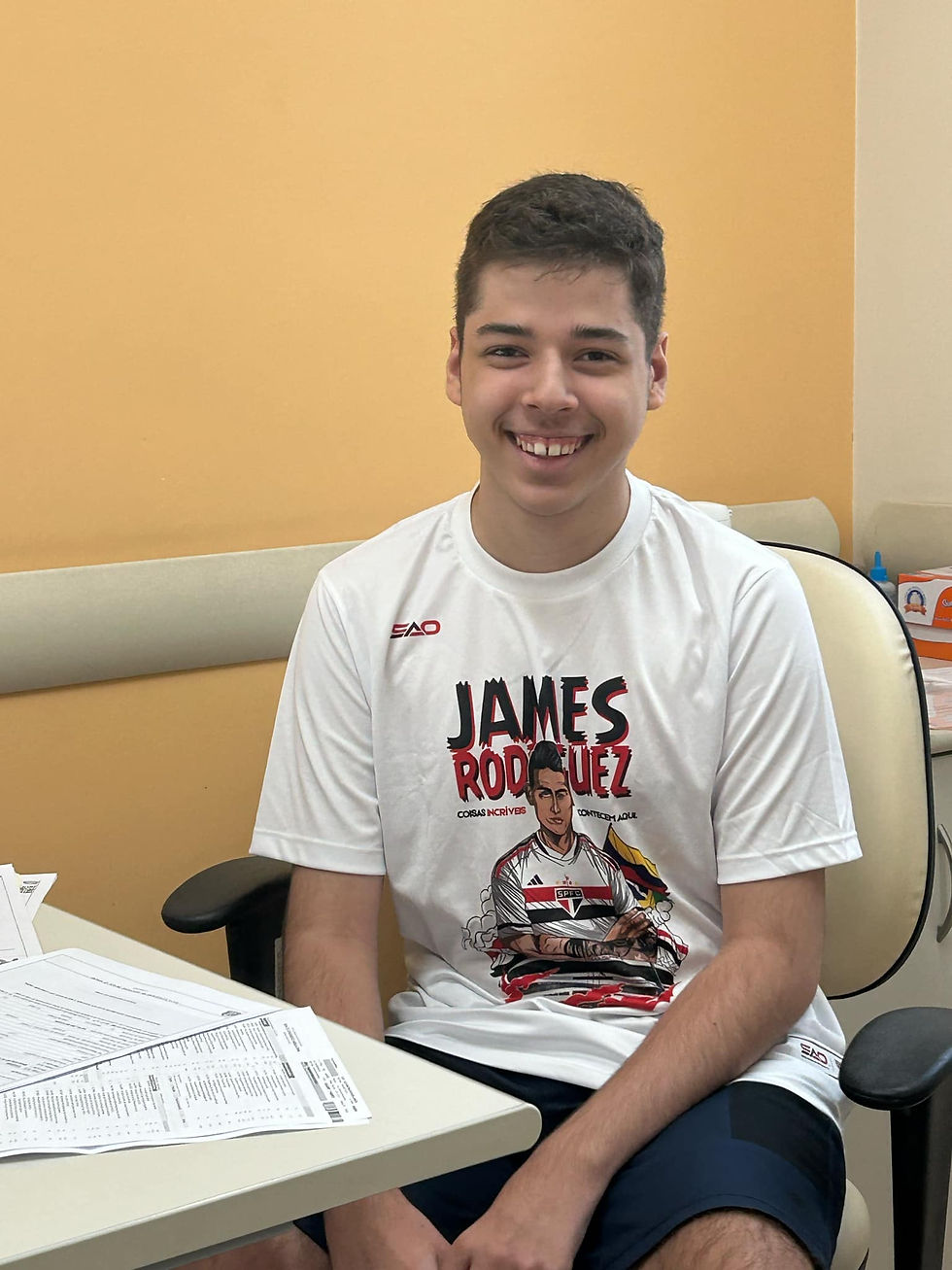Piper’s Story
- atad3aalliance
- Oct 17
- 2 min read
Updated: Nov 23
Piper is three years old and lives in Fort Collins, Colorado with her family (mom

Erika, dad Matt and six-year-old brother Chuck). Erika’s pregnancy with Piper was healthy and without concern, but in the months after her birth Piper began to struggle with feeding, gaining weight and sleeping. At two months, she visited her local emergency room for seizure-like activity and was transferred to Children’s Hospital Colorado. During this hospital stay, with puzzling lab results and other emerging symptoms noted, Piper’s blood was taken for whole genome sequencing and we learned that she has a de novo mutation of the ATAD3A gene, resulting in Harel-Yoon syndrome.

Over the next several months, we were in and out of Children’s Hospital while we worked with a team of specialists to stabilize Piper’s symptoms. She had an enlarged heart chamber that has since greatly improved, started with a nasogastric (NG) tube and then had a gastrostomy tube (G-tube) surgically placed to help her get the nutrition she needs, and has dealt with issues with her eyes, breathing and high and low tone of her muscles (called dystonia), along with developmental delay for most milestones.
At three, Piper is still working towards milestones such as sitting up and rolling,

but is making progress through work with her physical, occupational and speech therapy team and lots of practice at home. She is a happy girl who loves music, parties and anything her brother Chuck does. We still visit our many specialists at Children’s often and have to monitor Piper’s weight and GI symptoms closely. She is more severely impacted by common illnesses like a cold than other kids her age. Despite these challenges, most days feel calm, routine and happy, and less tumultuous than Piper’s early months. We feel lucky to have connected with other families across the world who share these challenges so that we can support each other. We are excited to embark on a journey with them to consolidate information, create a softer landing for new families and push for research and eventually a treatment to target the ATAD3A mutation.






